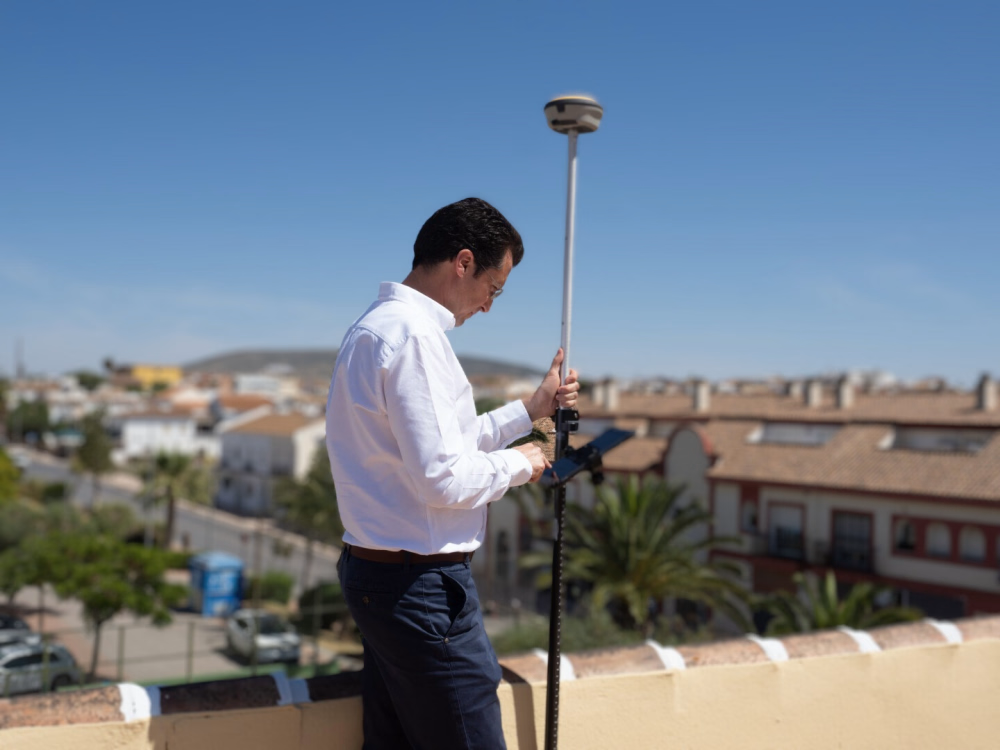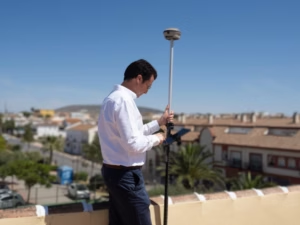Did you know that a lack of coordination between the Land Registry and the Cadastre can lead to delays and legal conflicts? This process is essential to ensure secure property transfers. Discover how this process works, its benefits, and how Catastraly can help you avoid issues.
What are the Cadastre and the Land Registry?
The Cadastre and the Land Registry play complementary roles in property management, although they have different functions
The role of the Cadastre
The Cadastre is an administrative register under the Ministry of Finance. It provides a physical description of real estate, including details such as location, surface area, boundaries, and cadastral value. It is primarily used for tax purposes.
The Land Registry
The Land Registry guarantees legal security over property rights and other interests in real estate, under the Ministry of Justice. It is essential for registering sales, mortgages, and other legal acts. Unlike the Cadastre, it is voluntary, but it is crucial for property transactions. For more official information, visit the Land Registry website.
Advantages of coordinating the Cadastre and the Land Registry
Cadastral coordination ensures that the physical description of a property in the Cadastre matches its legal reality in the Land Registry. This offers several key benefits:
- Legal security: Protects property owners in real estate transactions.
- Reduction of conflicts: Prevents discrepancies in ownership, surface area, or boundaries.
- Greater transparency: Facilitates access to clear information for owners and professionals.
Risks of not coordinating the Cadastre and the Land Registry
Although cadastral coordination offers multiple benefits, its absence can lead to certain issues such as:
- Discrepancies in the property surface area.
- Ownership disputes.
- Errors in cadastral data affecting taxation.
These issues can complicate processes such as property sales, inheritances, or mortgage financing.
Tools and procedures for coordination
Coordination between the Cadastre and the Land Registry is constantly improving thanks to technological tools and legislative advancements.
Law 13/2015 and georeferenced graphic representation
Law 13/2015 requires the inclusion of georeferenced graphic representation in land registry entries, a crucial step in aligning information between both institutions. If you have questions about how to carry out this process, check our section on property delimitation, where we explain how to avoid errors in graphic representation and ensure the accuracy of your property boundaries.
Technological solutions
The Cadastre’s electronic headquarters and the validation tools used by land registrars facilitate data cross-checking and the detection of discrepancies. These tools are also available to property owners, who can make inquiries and corrections.
Steps to resolve discrepancies between the Cadastre and the Land Registry
If you detect discrepancies in your property’s data, you can resolve them by following these steps:
- Verify the information: Check the data registered in the Cadastre and the Land Registry. Pay special attention to surface area, ownership, and boundaries.
- Gather the necessary documentation: Collect deeds, technical reports, and other documents that support the required corrections.
- Manage the process: Submit the relevant documents to the Cadastre, the Land Registry, or both, depending on the nature of the error.
If you’re unsure where to start, Catastraly can help you manage the process efficiently.
- Coordination between the Land Registry and the Cadastre is essential to avoid legal issues and ensure security in property management.
Learn more about property delimitation and how the graphic representation of your property affects it. - Do you have questions? Contact us here, and we will assist you every step of the way.



